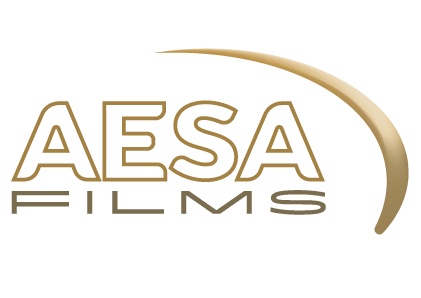Chapter 9
Storyboarding Your Film
As a filmmaker, you need to communicate your vision with your team. Storyboarding Your Film are the best way to share this vision.
Storyboarding Your Film can be more than just photos. They provide details about the shot type, camera movement, and cinematic style. These boards can also be used to ensure that you have sufficient coverage and as a guide when editing the film.
It doesn’t matter what your role is in filmmaking, you should learn how to storyboard.
9.1 What are Storyboards?
Storyboards, in short, are drawings of how each shot will look in a film. These can be drawn by hand using storyboard templates, or digitally with software.
Storyboarding Your Film
A storyboard is a way to translate a script into images. A storyboard can be thought of as the comic book version. This sequence of drawings shows camera shots in the order they will appear on the screen. These drawings are useful for scheduling, stage design, and camera direction. They help directors share their vision, but most importantly, they are useful.
Pre-visualization can be used in storyboarding, as well as in creating shot lists. Not all film directors will use storyboards. They are especially useful for digital effects, stunts, and action sequences.
9.2 Working with Storyboards
Storyboards are not limited to the director. All visual departments and the production team should have access to storyboards. They serve as a guide to the crew about how they want the film to look. They also advise the production team in creating the schedule.
Pre-Production stage
The director, and/or director of photography will create storyboards during the pre-production stage. To ensure that all shots are financially viable, the producer will first review the storyboards.
Once approved, the storyboards can be sent to the crew in PDF format or printed out and distributed among the crew. The director will review the storyboards with the heads of each department or host a production meeting to discuss them.
Storyboards are used by the first assistant director to create the daily production schedule. Producers use them to organize special equipment when it is required for filming. i.e. camera gimble, special lighting, etc. These items will take longer to set up and will need to be hired out in advance.
Production stage
Every director will have their own style of working during production. The storyboards will be carried by some directors at all times. Some directors do not use storyboards. It is up to the director and their work style to decide if they need them.
Storyboards are used more often for digital visual effects and stunts. Because stunt work must be precise, storyboards are produced for safety reasons. Visual effects can be added to the production process, and these must be pre-visualized. Storyboards are a great way to keep everyone in agreement.
Post-Production stage
The storyboards can be used by the editor and director during post-production to assist in cutting the film. Storyboards can be used in marketing and distribution to promote the film, as well as in making a shorter film or companion film to share online.
9.3 How to Storyboard
At the beginning of the process, it is important to ask yourself if you will be drawing the storyboards or hiring a professional storyboard artist. Storyboards do not have to be artistic. Stickmen are fine for making low-budget films or student films. It is a good idea to hire a professional concept artist if you are dealing with complex digital effects.
Software
Storyboard templates and computer software are available on the internet. There are many programs that you can choose from. Movie Magic Screenwrite and Final Draft all offer storyboard capabilities. There is also software that is specifically designed for storyboarding, such as Storyboarder (free PC & MAC), ToonBoom, and Frame Forge.
Aspect ration
Your storyboard panels should have the same aspect ratio as your film. Aspect Ratio is how wide the frame of the film is versus how tall it is. Widescreen (16:9) is a common format, which would result in a rectangle.
Sketch
You may be able to collaborate with the director of photography when sketching storyboards. First, pick a scene from your script. Next, imagine the scene on screen. Then, create a camera shot list with all the camera shots that you want to use. Each panel box represents a single camera shot. Sketching is not a difficult task. However, it’s important to include key props and actors. To create storyboards that are effective, you don’t have to be an expert in drawing.
Details
Add more details to each storyboard panel. You can also write a brief description under each board, i.e. the camera shot type next to it in an abbreviated format. For example, Character A walking to his car. It is also important to let your crew know the location of the scene using the following abbreviation – interior INT and exterior EXT.
Motion
Arrows are traditionally used to represent motion. A black arrow is used to represent character motion, while a white one is used for camera movement. A black arrow would point in the direction Character A is walking, for example. A white arrow would point in the direction of camera movement.
Check out YouTube videos for an introduction to storyboarding.
Storyboarding is a valuable part of pre-production. Although it’s not necessary for all shoots or by all directors, storyboarding is often an important part of the pre-production process for directors as well as DPs.
The following form can be used as a storyboarding template.

